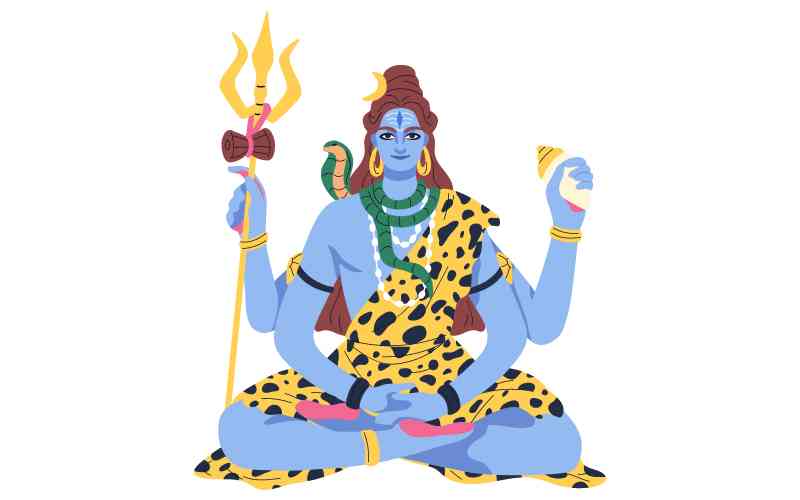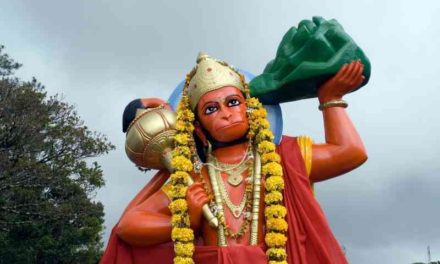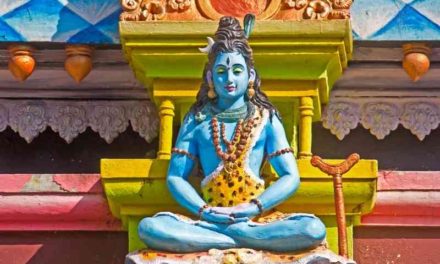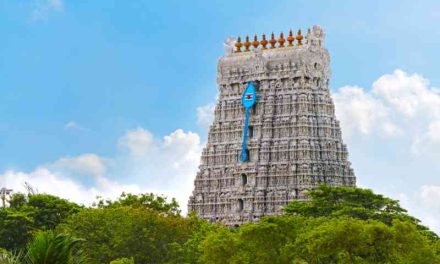The Shiva Purana is one of the eighteen major texts of Hinduism, and part of the Shaivism literature corpus. It primarily revolves around the Hindu god Shiva and goddess Parvati but references and reveres all gods. ¹ The Shiva Purana contains chapters with Shiva-centered cosmology, mythology, the relationship between gods, ethics, yoga, pilgrimage sites, bhakti, rivers and geography, and other topics. ²
The Shiva Purana is not just a collection of stories or myths about Shiva. It is also a profound science of elevating human nature to the very peak of consciousness. ³ The stories in the Shiva Purana are not meant to be taken literally, but rather as symbolic expressions of various aspects of life, creation, and divinity. The stories are also designed to convey deep insights into the nature of reality, the self, and the supreme being.
One of the main themes of the Shiva Purana is the concept of Shiva as the ultimate reality, beyond all forms and attributes. Shiva is referred to as a boundless non-entity – eternal and always. ³ He is also called Mahadeva – the god of gods – who transcends all dualities and limitations. He is the source and the end of everything, the creator and the destroyer, the preserver and the transformer.
The stories in the Shiva Purana illustrate how Shiva manifests himself in various forms and aspects to fulfill different purposes and functions in the cosmic order. Some of these forms and aspects are:
- Ishwara: The enigmatic, non-perceivable lord who governs the universe with his will and power.
- Shambho: The auspicious one who bestows grace and blessings upon his devotees.
- Bhola: The disarmingly naïve one who is easily pleased by simple offerings and devotion.
- Dakshinamurthy: The great master and teacher of the Vedas, Shastras, and Tantras who imparts wisdom and knowledge to his disciples.
- Ashutosh: The easily forgiving one who pardons the faults and sins of his devotees.
- Bhairava: The fierce one who is tainted with the very blood of the creator Brahma whom he beheaded for his arrogance.
- Achaleshwara: The absolute stillness that represents the unchanging reality behind all change.
- Nataraja: The most dynamic of dancers who performs the cosmic dance of creation, preservation, and destruction.
The stories in the Shiva Purana also depict how Shiva relates to other gods and goddesses, especially his consort Parvati. Parvati is the embodiment of Shakti – the feminine energy that complements and completes Shiva’s masculine energy. Parvati is also known by various names such as Sati, Durga, Kali, Gauri, Uma, and others. She represents different aspects of femininity such as love, devotion, beauty, power, fierceness, compassion, and wisdom.
The stories in the Shiva Purana also show how Shiva interacts with his sons Ganesha and Murugan (also known as Kartikeya or Skanda). Ganesha is the elephant-headed god who removes obstacles and grants success. Murugan is the six-headed god who leads the army of gods against the demons. Both Ganesha and Murugan are worshipped as manifestations of Shiva’s intelligence and valor.
The stories in the Shiva Purana also reveal how Shiva responds to his devotees who seek his grace and guidance. Some of these devotees are:
- Markandeya: The immortal sage who was saved by Shiva from Yama (the god of death) when he was destined to die at a young age.
- Nandi: The bull who serves as Shiva’s mount and gatekeeper. He is also a great devotee and scholar of Shaivism.
- Ravana: The king of Lanka who was a great devotee of Shiva but also a tyrant who abducted Sita (the wife of Rama).
- Kannappa: The hunter who offered his eyes to a linga (a symbol of Shiva) when he saw it bleeding.
- Basava: The 12th-century social reformer who propagated Shaivism among the masses.
The stories in the Shiva Purana are not only entertaining but also enlightening. They teach us about the various dimensions of life and spirituality. They inspire us to seek Shiva within ourselves and in everything around us. They invite us to experience Shiva as our own true nature – pure, blissful, and free.
Works Cited:
(1) Shiva Purana – Wikipedia. https://en.wikipedia.org/wiki/Shiva_Purana
(2) The Shiva Purana – Science Through Stories – Isha Foundation. https://isha.sadhguru.org/mahashivratri/shiva/the-shiva-purana-stories/
(3) The Shiva Purana – Science Through Stories – Isha. https://isha.sadhguru.org/yoga/history-of-yoga/the-shiva-purana-science-through-stories/





